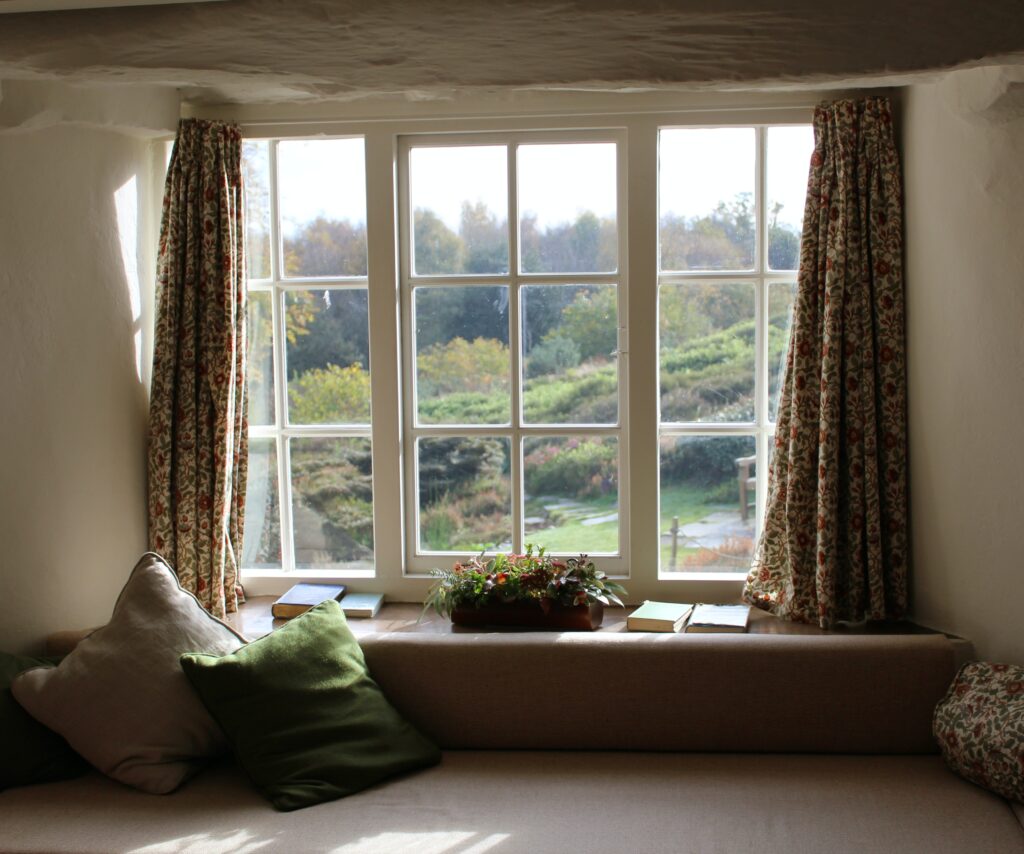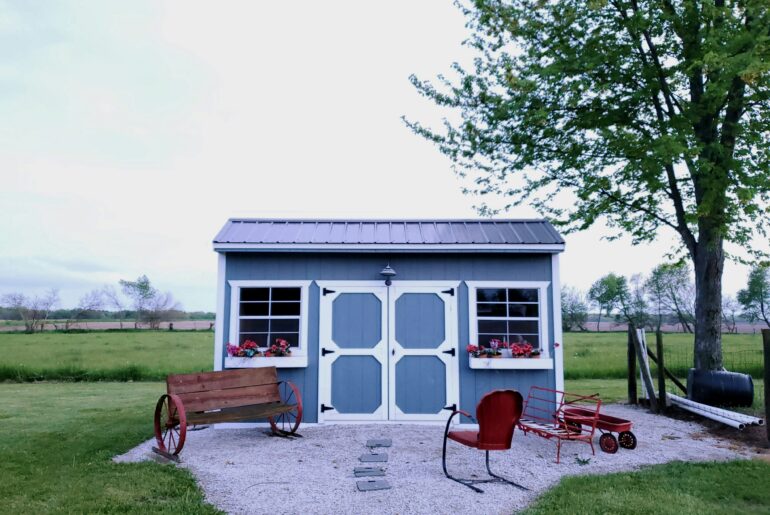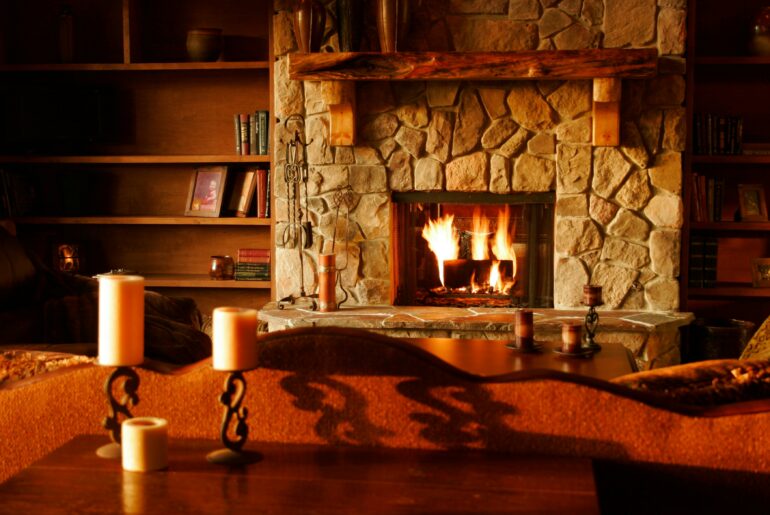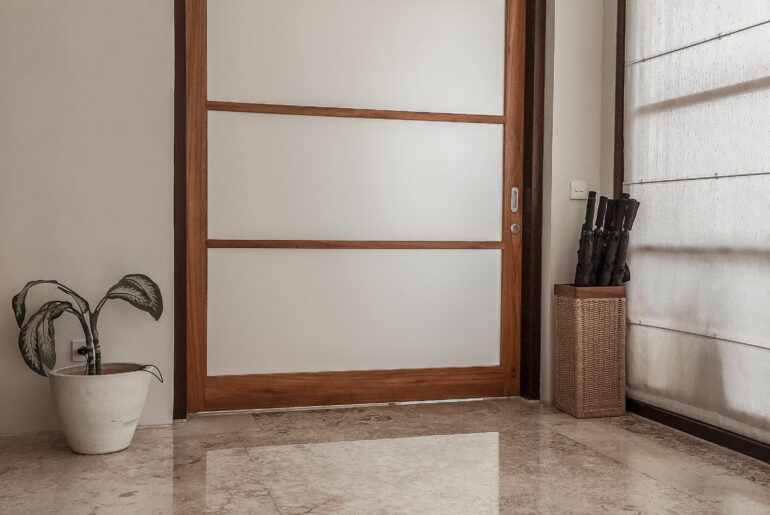There’s a good reason why it’s so hard to find windows for sale these days that are not double-glazed, and that’s due to energy efficiency regulations. Not only does double-glazing help to keep heat loss to a minimum in your home, but it can also contribute to noise reduction.
But what if you live in an older building? Perhaps you have original heritage single-glazed windows that cannot be changed as you are in a historic conservation area?
Single-pane windows can be insulated in several ways, with secondary glazing fitted to the interior, plastic membranes, or thermal lined curtains. Whatever your situation, or budget, there’s no need to be shivering behind your windows this winter.
From the very best to the budget options, here’s how to insulate those single-paned windows.
Service the Windows
Whether you are planning to fit secondary glazing, or lining your curtains, the first thing to do is to make sure the windows work properly, are in good condition, and fit the frame well.
One of the biggest issues with single-pane windows is condensation. The moisture that collects on the glass can build up, cause mold, rot, and destroy draft excluding foam fillers, and weaken putty and caulk seals around glazing.
- Cleaning up your windows and getting the basics right is key to curing this and many other issues.
- Very often drafts breeze in around poorly fitting windows, so check the hinges and the window fasteners to make sure they are holding the window in place.
- Renew any cracked glazing and fill any areas where putty or beading might be missing.
- Ground-floor windows could probably benefit from locks being fitted too.
Budget Tip: Use clear silicone mastic around the internal edge of the glass where it meets the wood to stop any drafts. Do this over cracks in the glass too until you are able to visit the glass store.
Secondary Glazing
Living in a historic home can be a rewarding experience, but there are limitations as to how these buildings can be maintained to modern standards.
- There is a lot said about preserving character, and heritage, but it’s no good if your old windows leak like a sieve!
- Secondary glazing, a frame set into the interior window reveal, can help stop air leaks and noise while not harming the structure, or look of the original window.
- There are several suppliers that you can use that specialize in historic homes.
- It can be a satisfying DIY proposition too, as long as you are confident using a tape measure before ordering.
Slimline Sealed Units
Your original windows may have been made deep enough to take slimline double glazing, in which case this would be an ideal solution to your single-pane problem.
- These are made up of a sandwich of two panes of glass separated by an inert gas-filled void, either krypton or argon.
- The minimum size available today is just under a half-inch thickness, which may fit your heritage windows.
- Upgrading to slimline double-glazed sealed units will mean that you will not have any barrier between you and the window.
Double Glazing Film
Most of the big box retailers will be able to supply a shrink-to-fit polythene film that will help reduce air leakage and condensation on a single-pane window.
- Installation is incredibly simple, just cut a thin piece of polythene, slightly over-size, then stick it directly onto the window frame.
- Use a hair dryer to straighten up the plastic, but don’t get too close or it may melt!
- As a low-cost way to keep out drafts it works well, but make sure you purchase a product with good reviews.
- Some products do not stick well to uPVC, or at all, so the performance of the double-sided tape is key!
Budget Tip: It’s not worth spending money on an unknown brand that you have never heard of. Use a big name as their product will be more robust and last longer, and may well come with a guarantee.
Window Sealing Tape
Old windows warp and bend and twist out of shape over time, and while they might still open and close reasonably well, there will be gaps here and there where cold air can get in.
- Sealing around the frame with window sealing tape can cut out a lot of those drafts.
- Clean up any flaking paint and run it all the way around a window, then pull it tight shut to crush the tape into place.
Silicone Sealant
Here’s a top tip from a heritage home renovator, to fill the gaps between the opening window and an ill-fitting frame use silicone sealant as a draft excluder with the help of food wrap!
- Clean the frame then wrap the open window in food wrap.
- Apply silicone to the frame then close the open window onto it.
- Clean off any excess silicone, inside and out, and leave it to dry.
- Once dry, open the window and peel off the food wrap.
Using silicone mastic to fill the gaps between an old frame and a badly fitting window light is an old trick. The food wrap stops the mastic from sticking to the window while moulding, and filling up, the irregularities between the two surfaces.
Thermal Curtains or Blinds
Thermal curtains are a good option if you are more concerned with overheating in the summer!
- A set of triple-lined curtains is a cost-effective way of reflecting heat out of a room or keeping the cold at bay.
- Curtains, thermal, or otherwise, on their own, are not so reliable, and should always be used in conjunction with other draft-excluding strategies.
Bubble Wrap
The humble packaging favorite, bubble wrap, is an excellent insulator for your single-pane windows as it will let the light in, but also slow the transmission of heat through the glass.
- Use the double-sided clear tape in the double-glazing film package to stick it directly to the glass, then apply the film over the top of the bubblewrap.
- Bubble wrap can be taped onto your window frame in several layers without blocking out too much light, but it will get rid of the view!
- Tape may be hard to remove after several months stuck to the window frame and may take some paint off with it in late spring when you will begin to want to use the window again.
- If the glass is wet with condensation, sometimes this is all you need to stitch bubblewrap directly onto the glass. It should reduce further condensation, but will have the added advantage of limiting any damage to the frames that adhesive tapes could cause.
Foam Board
This might be controversial, but in the bedroom where you want to be cozy, why not silicone up a section of foam board right across the glazed portion of the window, while making sure that the window can still be opened for ventilation and access.
- It’s winter, it’s dark when you go to bed, and it’s dark when you get up in the morning before you go to work, so it could be the ideal short-term seasonal solution!
- Polyiso and expanded polystyrene both have great R-values, and two inches of polyiso is as good as four of fiberglass.
- An inch sheet of expanded polystyrene is also translucent enough to let a reasonable amount of light in as well, and light enough too that a little moisture could be all it needs to hold it firmly against the glass..





